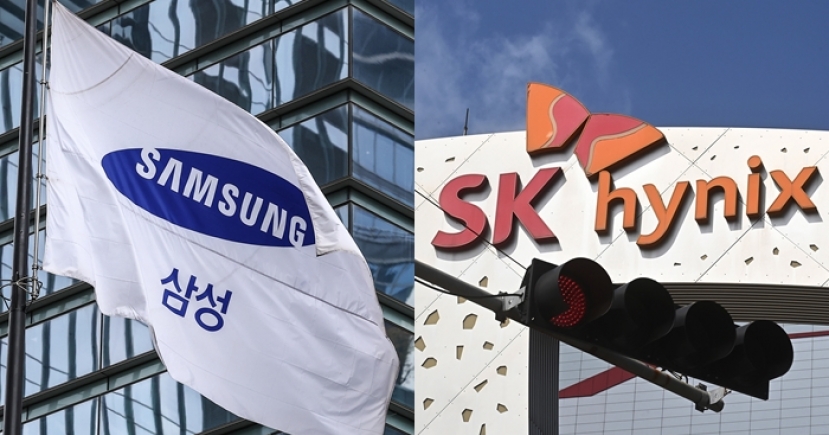Samsung
Samsung seeks breakthrough with micro LED to boost premium TV biz
[THE INVESTOR] Tech giant Samsung Electronics is accelerating its efforts to develop an advanced TV technology, dubbed micro LED, in a bid to replace the firm’s highest-end Quantum LED TV that has fallen short of helping it boost market share in the premium TV segment, according to a news report on Oct. 11.
“Samsung has been trying to diversify its product portfolio to wean itself away from the so-called ‘all-in strategy for QLED’ and is currently executing some plans with partners,” an industry source was quoted by local daily JoongAng Ilbo as saying.
 |
Of the plans in the pipeline, it is working on a deal to take over Taiwan-based micro LED firm, presumably PlayNtride, according to the report.
It was first reported in May that the Korean tech giant is planning to acquire PlayNtride, but Samsung has kept mum over the rumored takeover.
Micro LED technology, considered the next-generation TV technology after OLED TV, utilizes a light-emitting display, which means it does not require a backlight as each pixel produces light like OLED. One difference is the use of an inorganic material, such as Gallium Nitride, which allows a much thinner display and easier display production process.
Samsung is expected to apply the micro LED tech for its Cinema LED displays, designed specifically for movie theaters, and the next-gen Cinema LED screens for home entertainment.
Market experts, however, cast doubts on micro LED TVs, which they said will not hit the market for at least the next several years due to the need for technical improvement. Other tech firms, such as Apple, Sony and LG Display, have been doing research projects for micro LEDs for either mobile devices or TVs.
Samsung, which stalled the development of OLED TVs several years ago, launched in 2015 the first LCD TV applied with the quantum dot materials, which are semiconducting nano crystals that help improve contrast and viewing angles of TV screens -- posing a direct challenge to its hometown rival LG Electronics. The sales of quantum dot TVs, however, have been lukewarm so far.
The market share of Samsung in premium TVs -- priced at US$2,500 or above -- dropped from 57.7 percent in 2015 to 20.3 percent in 2016, according to a report compiled by market research firm IHS. LG, on the other hand, saw its market share increase from 17.5 percent to 43.1 percent during the same period.
The market research firm forecast that OLED TV makers -- including LG, Sony and Panasonic -- will expand their presence in the top-tier TV market with their combined OLED TV sales reaching 6.6 million units by 2021, up from 724,000 in 2016.
Facing pressure from the decreasing market share, Samsung recently reduced the price of its quantum dot TVs by up to US$1,500.
By Kim Young-won (wone0102@heraldcorp.com)




![[Herald Interview] Why Toss invited hackers to penetrate its system](http://res.heraldm.com/phpwas/restmb_idxmake.php?idx=151&simg=/content/image/2024/04/22/20240422050569_0.jpg)


![[KH Explains] Will 6-day workweek for executives help Samsung avert crisis?](http://res.heraldm.com/phpwas/restmb_idxmake.php?idx=151&simg=/content/image/2024/04/21/20240421050096_0.jpg)
